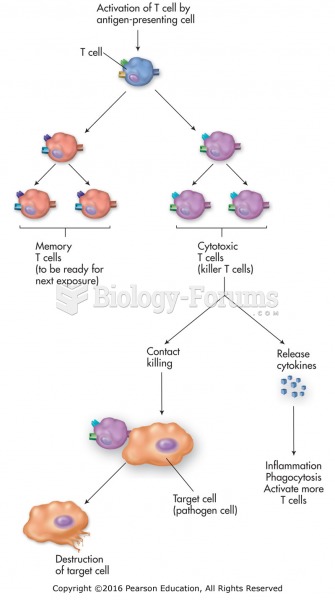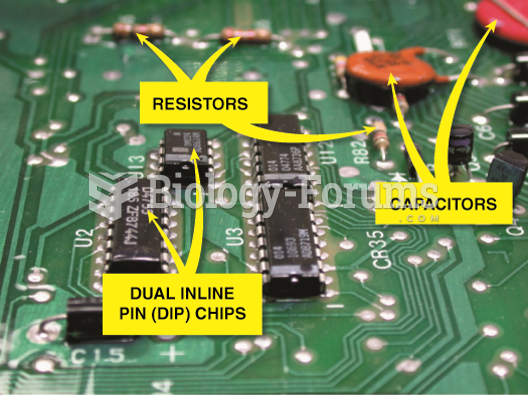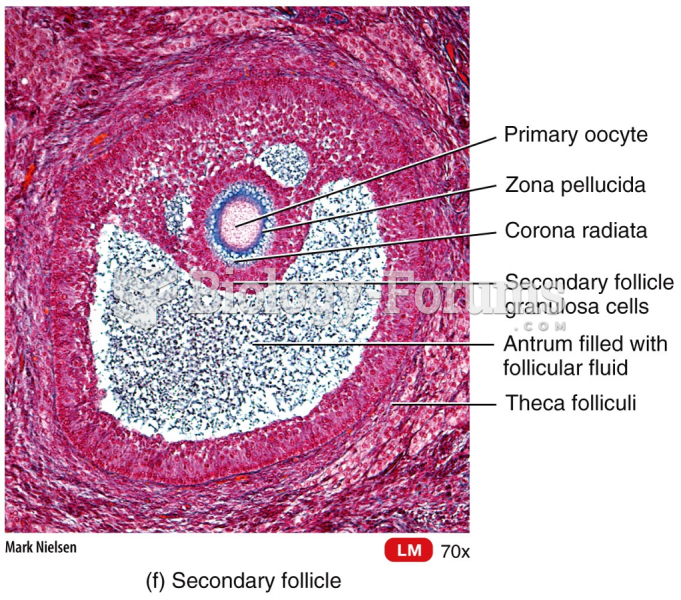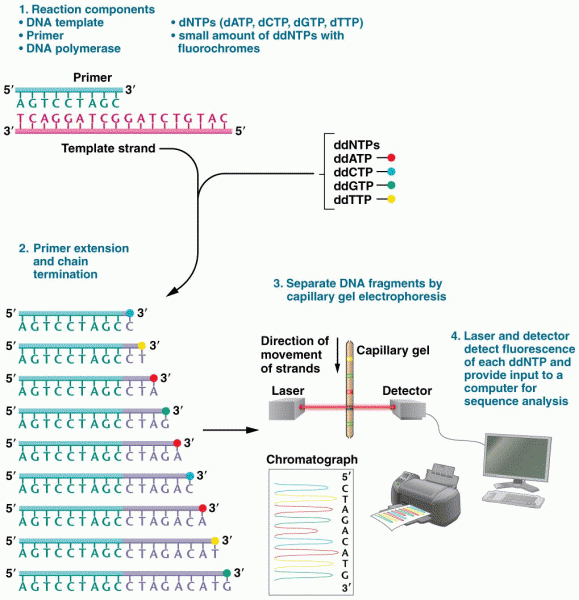Answer to Question 1
The physical components of a computer are called hardware. Input devices take data that people understand and translate those data into a form that the computer can processthat is, ons and offs. Input devices can be divided into two categories: keyboards and direct-entry devices. Once data are inside the computer, the data are processed. Processing hardware is the brain of the computer. Located on the main circuit board (or motherboard), the processor or system unit contains the central processing unit (CPU) and memory. The CPU has two parts: the arithmetic-logic unit, which performs arithmetic operations and logical operations of comparing, and the control unit, which directs the operation of the computer in accordance with the program's instructions.
The CPU works closely with memory. The instructions of the program being executed must be in memory for processing to take place. Memory is also located on chips on the main circuit board. The part of memory where current work is temporarily stored during processing is called random-access memory (RAM). RAM is temporary and volatile. The other part of memory is called read-only memory (ROM) or firmware. Output devices translate the language of bits into a form that humans can understand. Output devices are divided into two basic categories: those that produce hard copy, including printers and plotters, and those that produce soft (digital) copy, including monitors. Magnetic diskettes and magnetic tape have been largely replaced by high-capacity media. High-capacity optical disks (compact disks CDs or digital video disks DVDs) store data as pits and lands burnt into a plastic disk. Solid-state memory devices include flash memory cards used in notebooks, memory sticks, and very compact key chain devices; these devices have no moving parts, are very small, and have a high capacity.
Answer to Question 2
D






